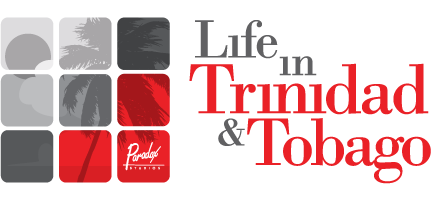Our History
Our History
When Christopher Columbus came to Trinidad, he thought he had found India. The island was already inhabited by indigenous tribes known as the Arawaks and Caribs. He called them Indians because of their physical similarities. Due to this misunderstanding, the Arawaks and Caribs were later referred to as Amerindians to differentiate them from the East Indians who came to Trinidad as indentured labourers after the emancipation of slavery.
In 1498, Christopher Columbus claimed Trinidad as a Spanish colony. The indigenous peoples resisted for almost 100 years before the Spaniards could permanently settle on the island. When the dust finally cleared, Trinidad’s era of colonialism began. During this era, the Spanish Monarch was obsessed with gold. So development of the island was delayed while the land was excavated for the precious metal. The Spaniards eventually gave up on that fruitless endeavour and began utilizing the land to plant crops.
Trinidad remained a Spanish colony until 1797, during which time the island was mostly inhabited by French migrants. Trinidad became rich from the production and trade of sugar, cotton, cocoa, and coffee. The plantations and mills required a labour force, so the French owners recruited slave traders to sustain their industry. Most Afro Trinidadians can trace their lineage back to slaves from this period who were brought to work on the plantations.
In 1797, British General Sir Ralph Abercromby launched an invasion of Trinidad after relations between Spain and Britain soured due to a new Spanish alliance with the French. The Spanish governor of Trinidad, Don José María Chacón, quietly surrendered after his troops retreated without putting up a fight. Subsequently, he was found derelict of duty by a Spanish Council of War and was banished from the “Royal Domain”. Chacón went on to die in exile in Portugal. Trinidad thus became a British Crown Colony, formalised under the Treaty of Amiens in 1802.
In 1833, attempts were made to finalise the abolition of slavery in Trinidad and Tobago. The Act of Emancipation was passed by the British Parliament in 1833 and it became law on August 1st, 1834 – Emancipation Day. Facing a shortage of labour, the colonists began importing workers from China, West Africa (a free state), and the Portuguese island of Madeira. Eventually, the British started bringing over indentured workers from the Asian subcontinent.
These Indian migrants first arrived on May 30th, 1845 aboard the Fatel Razack. They docked on Nelson Island and from there were disbursed throughout the plantations on the island. The last shipment of East Indians to Trinidad happened in 1917.
The first intrepid colonisers of Tobago were 68 Dutch settlers who situated their holding, Fort Vlissingen, near modern-day Plymouth in 1628. More Dutch folks from the Zeeland region arrived in 1629 and 1632, bolstering the population. On January 1st, 1637, a Spanish force massacred the entire colony, leaving the island uninhabited and up for grabs. After this, no one coloniser was able to set up a permanent settlement and the island underwent a succession of hands over centuries. Finally, Britain gained a stronghold in the 19th century. In 1889 Tobago was made a ward of Trinidad and the two islands were unified.
Trinidad and Tobago gained its independence from Great Britain on August 31st, 1962. On August 1st, 1976 the twin island nation became the Republic of Trinidad and Tobago. The Republic Day holiday is celebrated annually on September 24th to commemorate the first assembly of Parliament.

